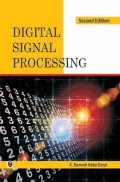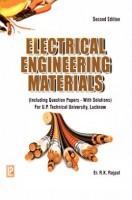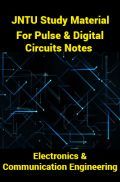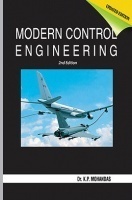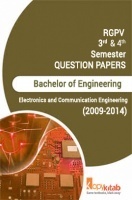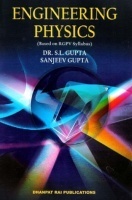Digital Principles and Logic Design Techniques by Arijit Saha & Nilotpal Manna
Book Summary:
The material presented in this book describes the classical methods of design technique. With the advent of Integrated circuits and especially the introduction of microprocessors, microcontrollers, microcomputers and various LSI components, the classical method that was predominant in the past for describing the operation of digital circuits, seems to be far removed from practical applications.
Although classical method of describing complex digital systems is not directly applicable, the basic concepts of Boolean algebra, combinational logic and sequential logic procedures are still important for understanding the internal construction of many digital functions. The philosophy of this book is to provide strong foundation of basic principles through classical approach before engaging in practical design approach and the use of computer-aided tools. The book is enriched with numerous examples and their solutions. With the clear understanding of basic concepts, the utilization of practical design technique and design software become meaningful and allows the students to use them more effectively.
Audience of the Book :
The book 'Digital Principles And Logic Design Techniques' is intended as a textbook for BE/B.Tech degree courses in Electronics and Communication Engineering, Electrical and Electronics Engineering, Electronic and Instrumentation Engineering, Computer Engineering, Computer Science and Information Technology Engineering. This book also serves as a textbook for B.Sc (Electronics), M.Sc (Electronics), M.Sc (Applied Physics), AMIE, Grad. IETE and diploma courses and as a useful reference for competitive examinations.
Key Features:
The main features of the book are as follows:
-
The philosophy underlying the material presented in this book is to describe the classical methods of design technique.
-
The classical method has been predominant in the past for describing the operation of digital circuits.
-
With the advent of Integrated Circuits and especially the introduction of Microprocessors, Microcontrollers, Microcomputers and various LSI components, the classical method seems to be far removed from practical applications.
-
Although classical method of describing complex digital systems is not directly applicable, the basic concepts of Boolean Algebra, Combinational Logic and Sequential Logic procedures are still important for understanding the internal construction of many digital functions.
-
The philosophy of this book is to provide strong foundation of basic principles through classical approach before engaging in practical design approach and the use of computer aided tools.
-
Once the basic concepts are mastered, the utilization of practical design technique and design software become meaningful and allows the students to use them more effectively.
Table of Contents:
1.Data and Number Systems
2.Codes and their Conversions
3.Boolean Algebra and Logic Gates
4.Simplification and Minimisation of Boolean Functions
5.Combinational Logic Circuits
6.Programmable Logic Devices
7.Sequential Logic Circuits
8.Registers
9.Counters
10.A/D and D/A Conversion
11.Logic Family
Appendix 1 : Alternate Gate Symbols
Appendix 2 : 74 Series Integrated Circuits
Appendix 3 : Pin Configuration of 74 Series Integrated Circuits
Appendix 4 : 4000 Series Integrated Circuits
Appendix 5 : Pin Configuration of 4000 Series Integrated Circuits







